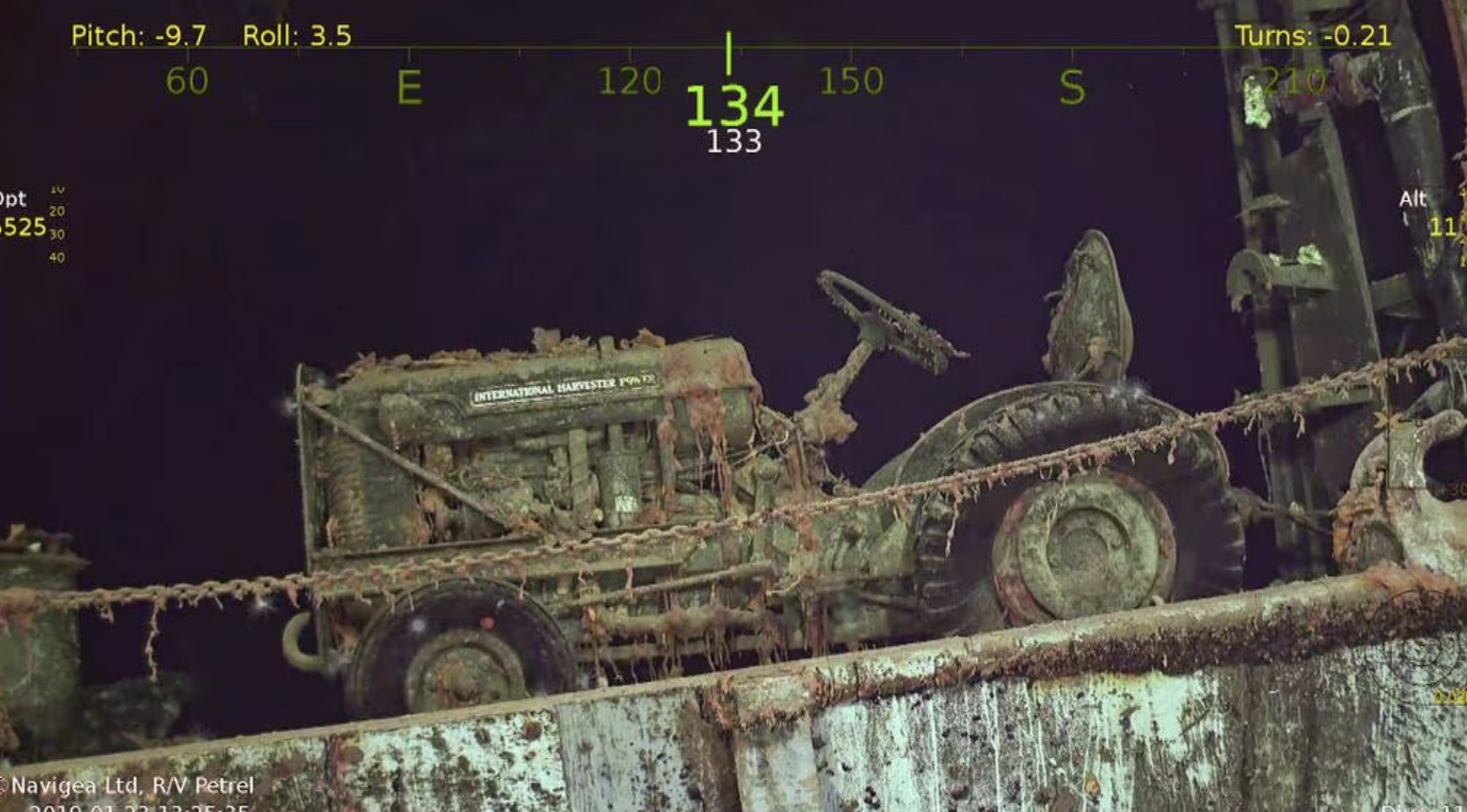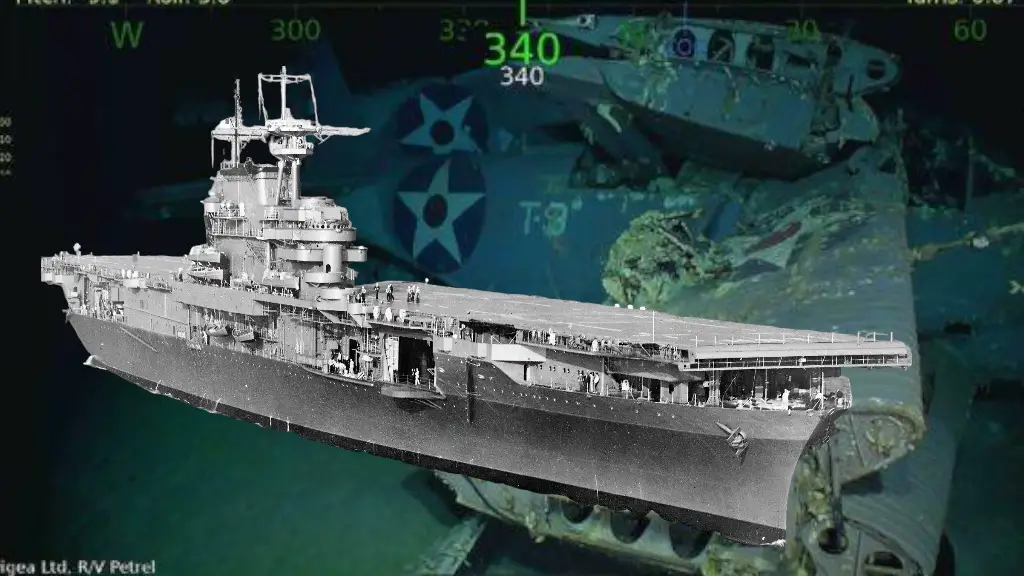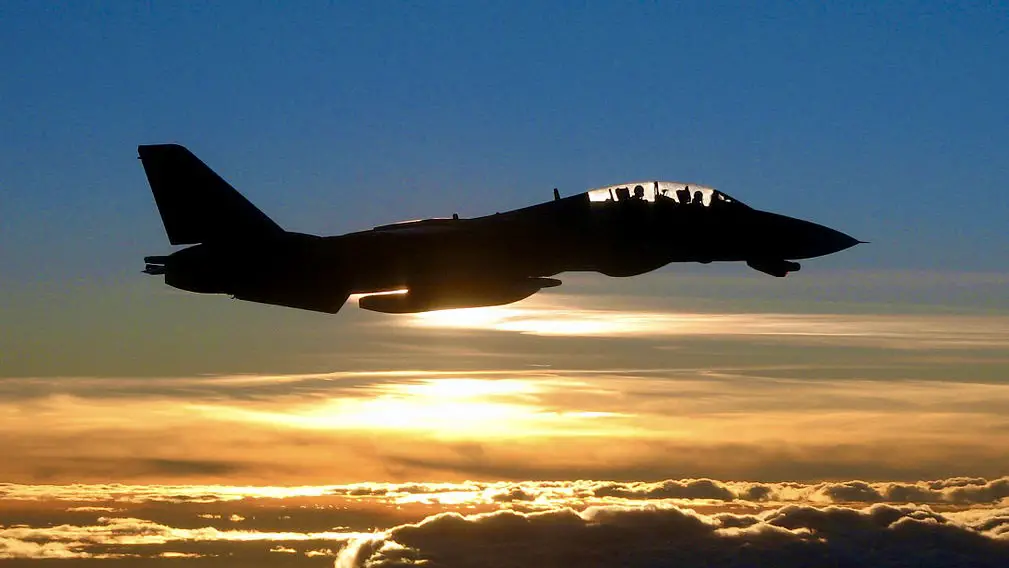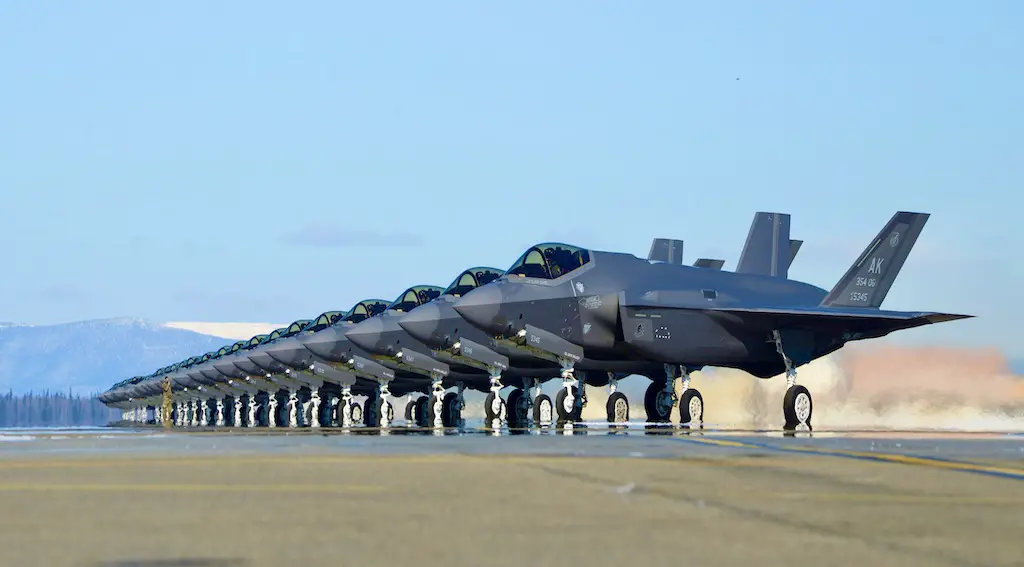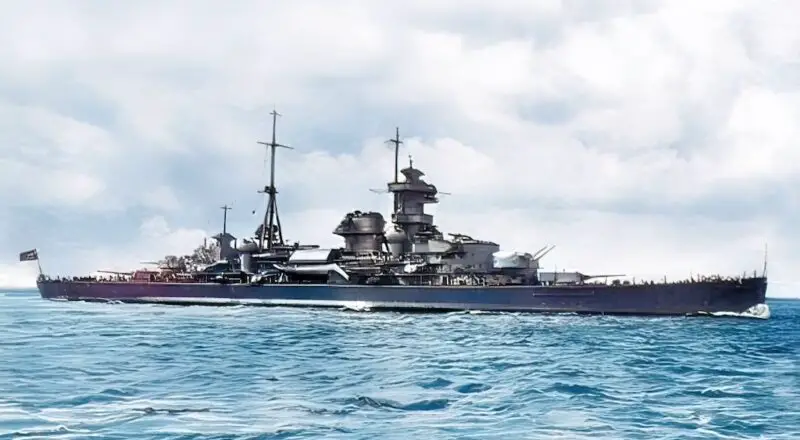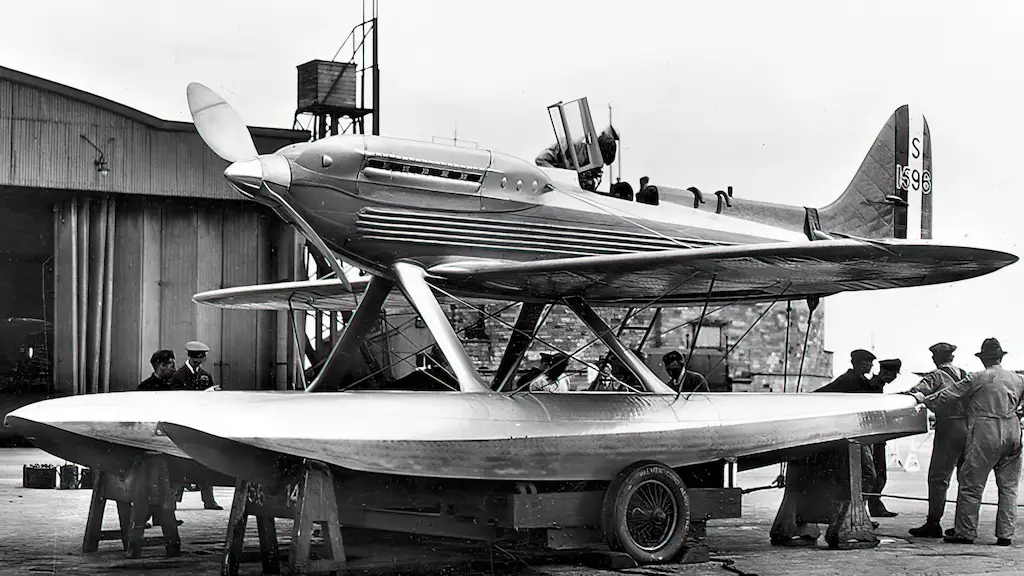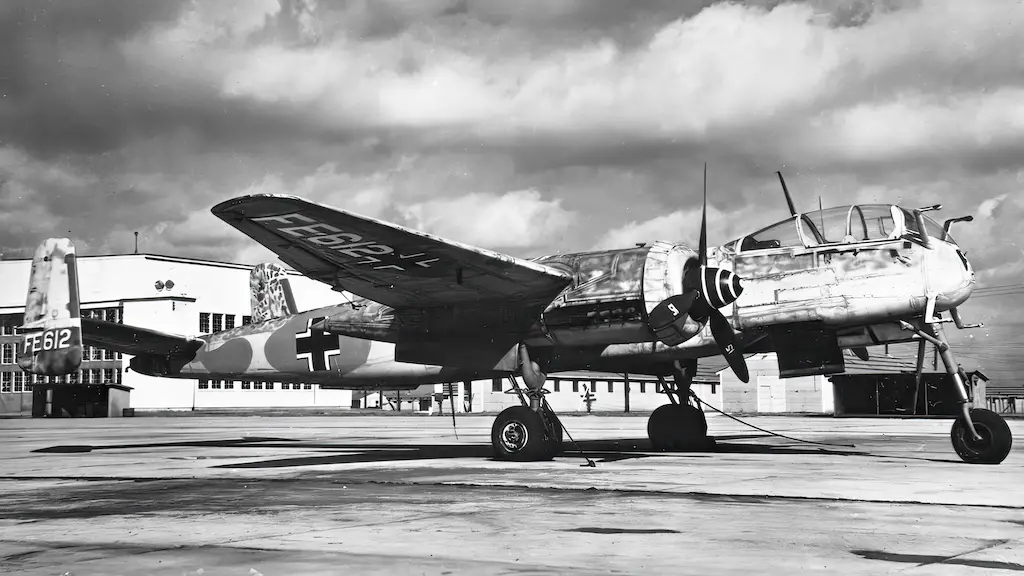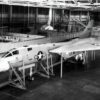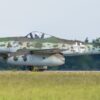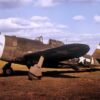Beneath the vast expanse of the Pacific Ocean lies a world shrouded in mystery and history, where remnants of naval prowess and valor rest silently on the ocean floor. One such silent sentinel of the past is the USS Hornet, an aircraft carrier that played a pivotal role in World War II. For decades, the location of this legendary ship remained a maritime enigma, until the remarkable discovery by the research vessel (RV) Petrel brought the Hornet back into the limelight.

The USS Hornet: A Floating Fortress of WWII
Commissioned in 1941, the USS Hornet (CV-8) was a Yorktown-class aircraft carrier that found itself at the heart of some of the most significant naval battles of World War II. From the daring Doolittle Raid on Tokyo to the Battle of Midway, the Hornet stood as a symbol of American resilience and strategic might. Tragically, its wartime service came to an end in October 1942 during the Battle of the Santa Cruz Islands, where it succumbed to relentless enemy attacks and eventually sank beneath the waves.
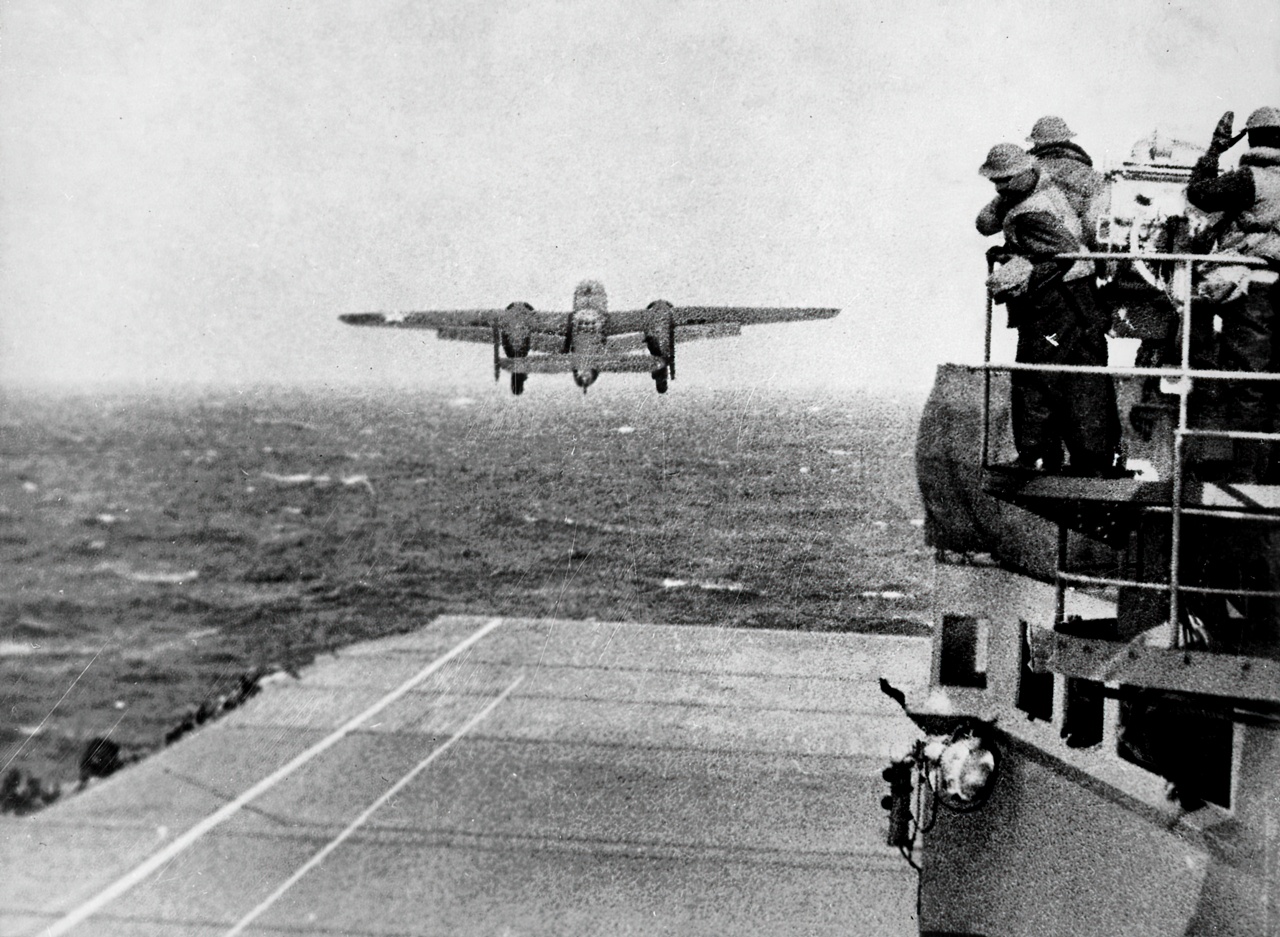
Decades of Speculation: The Hunt for the USS Hornet
For years, the fate and final resting place of the USS Hornet remained a mystery, obscured by the depths of the Pacific. Theories and speculations circulated among historians and naval enthusiasts, but the exact location of this legendary ship remained elusive. It was a quest that captured the imaginations of many, with hopes of one day uncovering the secrets hidden beneath the ocean’s surface.
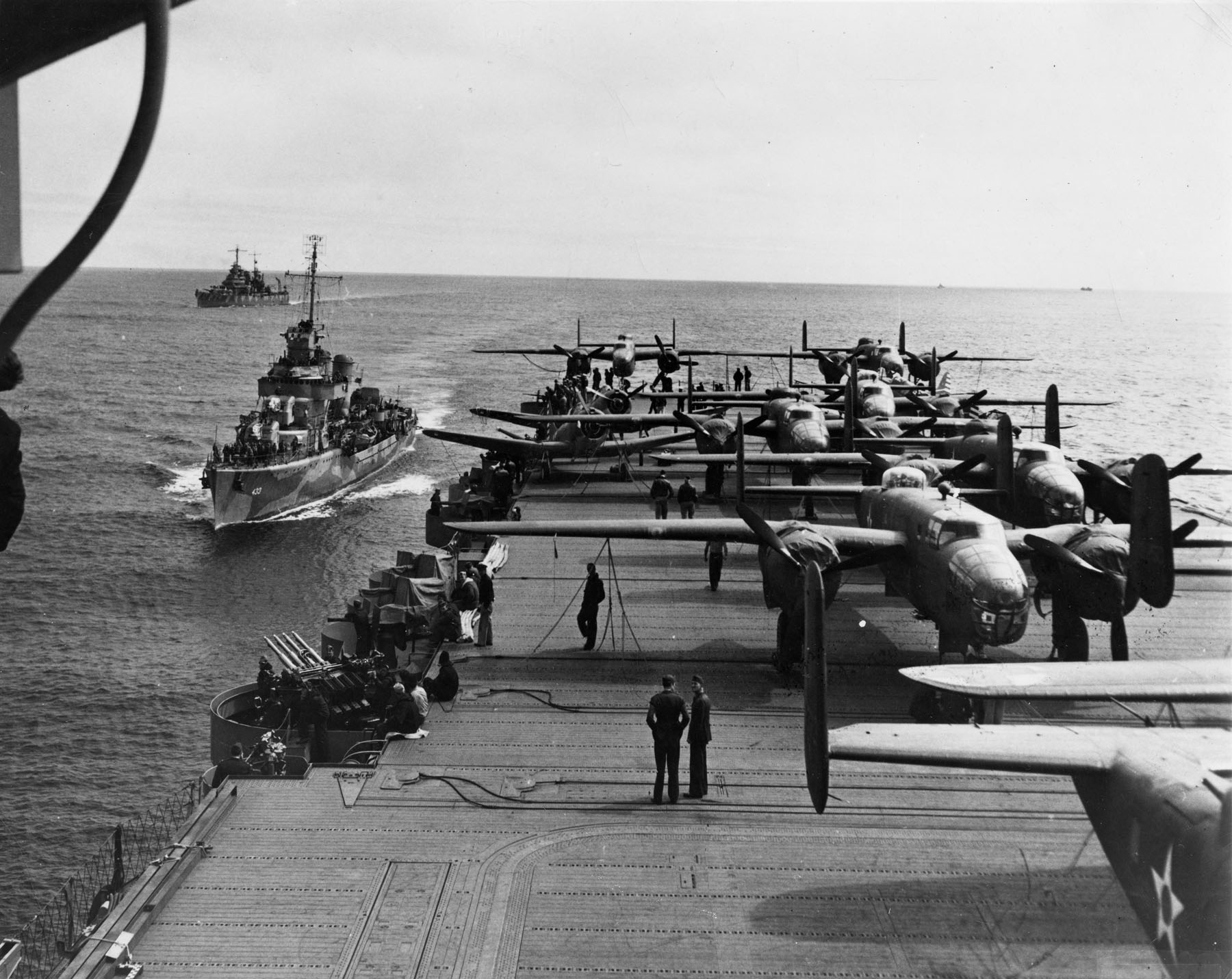
RV Petrel: Unveiling the Ocean’s Secrets
Enter the RV Petrel, a research vessel equipped with cutting-edge technology and a mission to explore the depths of the world’s oceans. Owned by the late Microsoft co-founder Paul Allen, the Petrel became a maritime pioneer, dedicated to locating and documenting historic shipwrecks. With its advanced sonar capabilities and remotely operated vehicles (ROVs), the Petrel set out on a mission to uncover the mysteries of the deep.
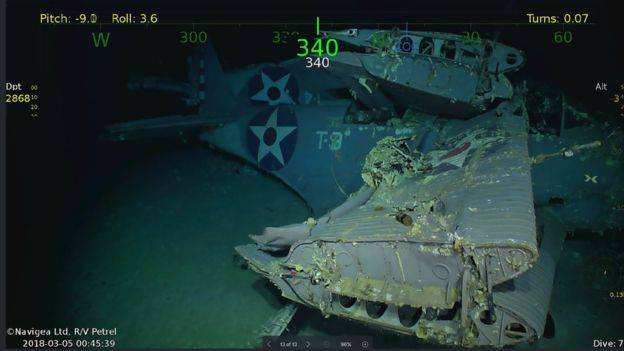
The Breakthrough Discovery: USS Hornet Found
In January 2019, the RV Petrel made headlines around the world with a groundbreaking announcement—the discovery of the USS Hornet. The ship, resting nearly 17,500 feet below the surface, was found near the Solomon Islands in the South Pacific. The Petrel’s team, led by oceanographer Robert Kraft, had successfully unraveled one of the most enduring mysteries of naval history.
Challenges of Deep-Sea Exploration
Locating and documenting a sunken ship at extreme depths pose numerous challenges. The RV Petrel’s success was not without obstacles, including the need to contend with high-pressure conditions, darkness, and the technical intricacies of remotely operating vehicles in the abyssal depths. Yet, through meticulous planning and the application of cutting-edge technology, the Petrel’s team overcame these challenges to capture remarkable footage of the USS Hornet, lying undisturbed on the ocean floor.
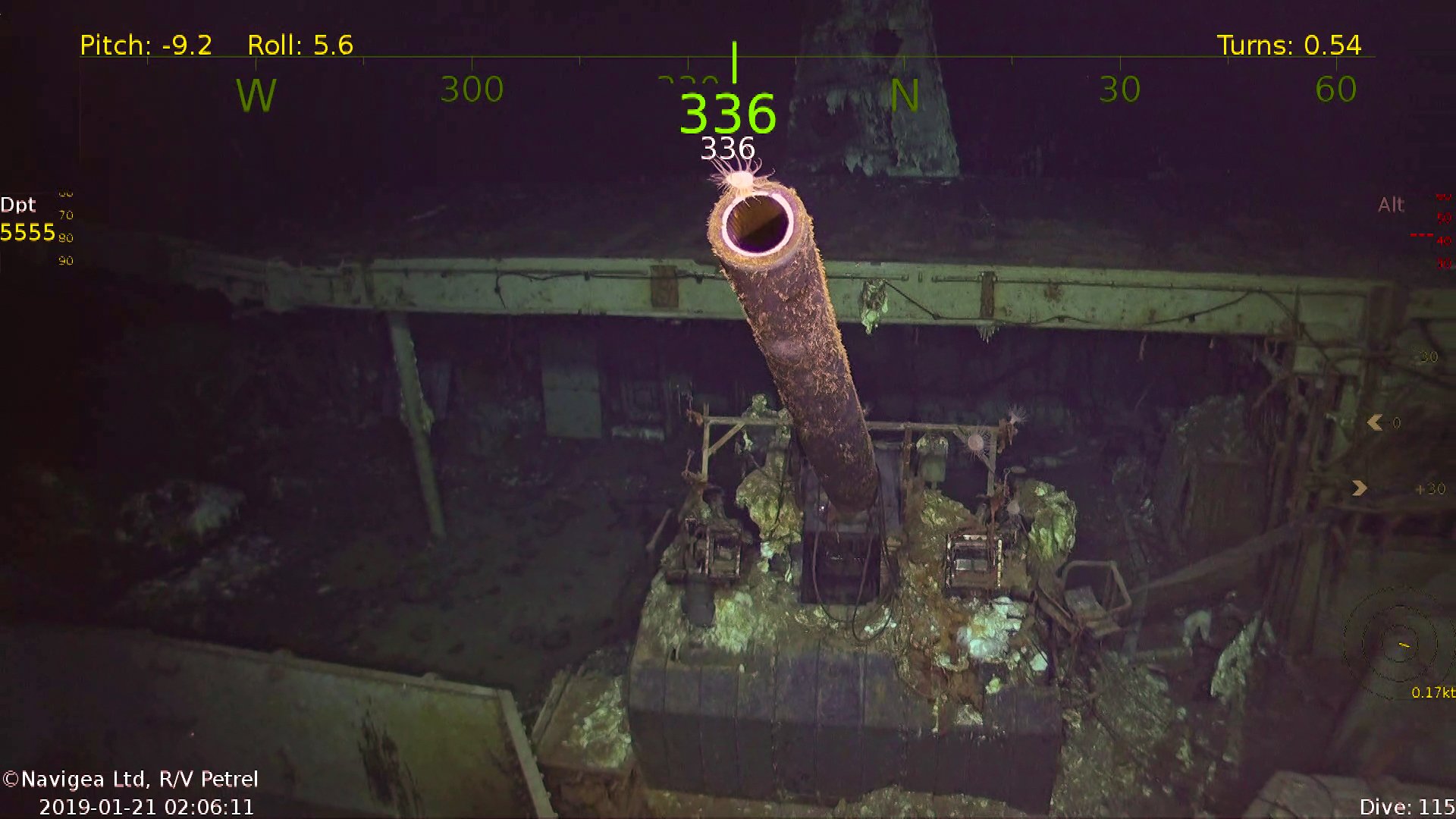
Preserving History: The Significance of the Discovery
The discovery of the USS Hornet by the RV Petrel is not merely an archaeological triumph; it is a poignant moment that connects the present with a pivotal chapter in history. The well-preserved wreckage serves as a time capsule, offering insights into the conditions of the ship at the moment of its demise. It also honors the sacrifices of the men who served aboard the Hornet, reminding the world of the human cost of war.
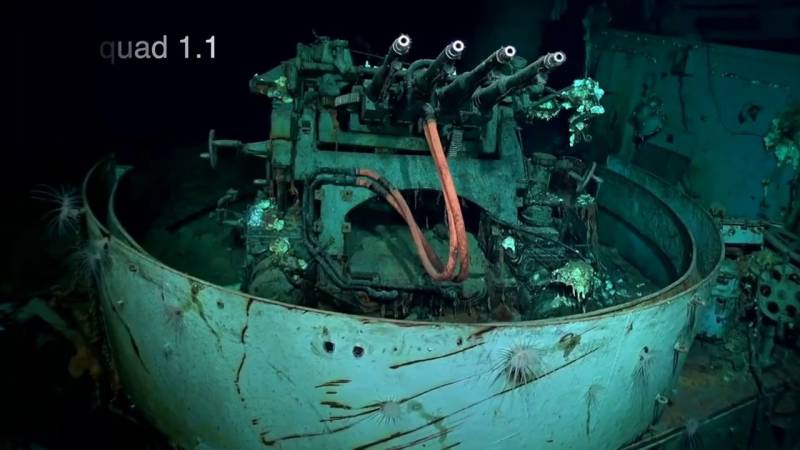
Conclusion: A Deep-Sea Odyssey Continues
The discovery of the USS Hornet by the RV Petrel stands as a testament to the capabilities of modern deep-sea exploration and the insatiable human curiosity that drives such endeavors. As the Petrel continues to unveil the secrets of the ocean’s depths, each discovery adds a new layer to our understanding of history and the profound impact of naval warfare. The sunken remnants of the USS Hornet, now brought into the light by RV Petrel’s efforts, provide a tangible link to the past, ensuring that the legacy of this storied aircraft carrier endures for generations to come.
